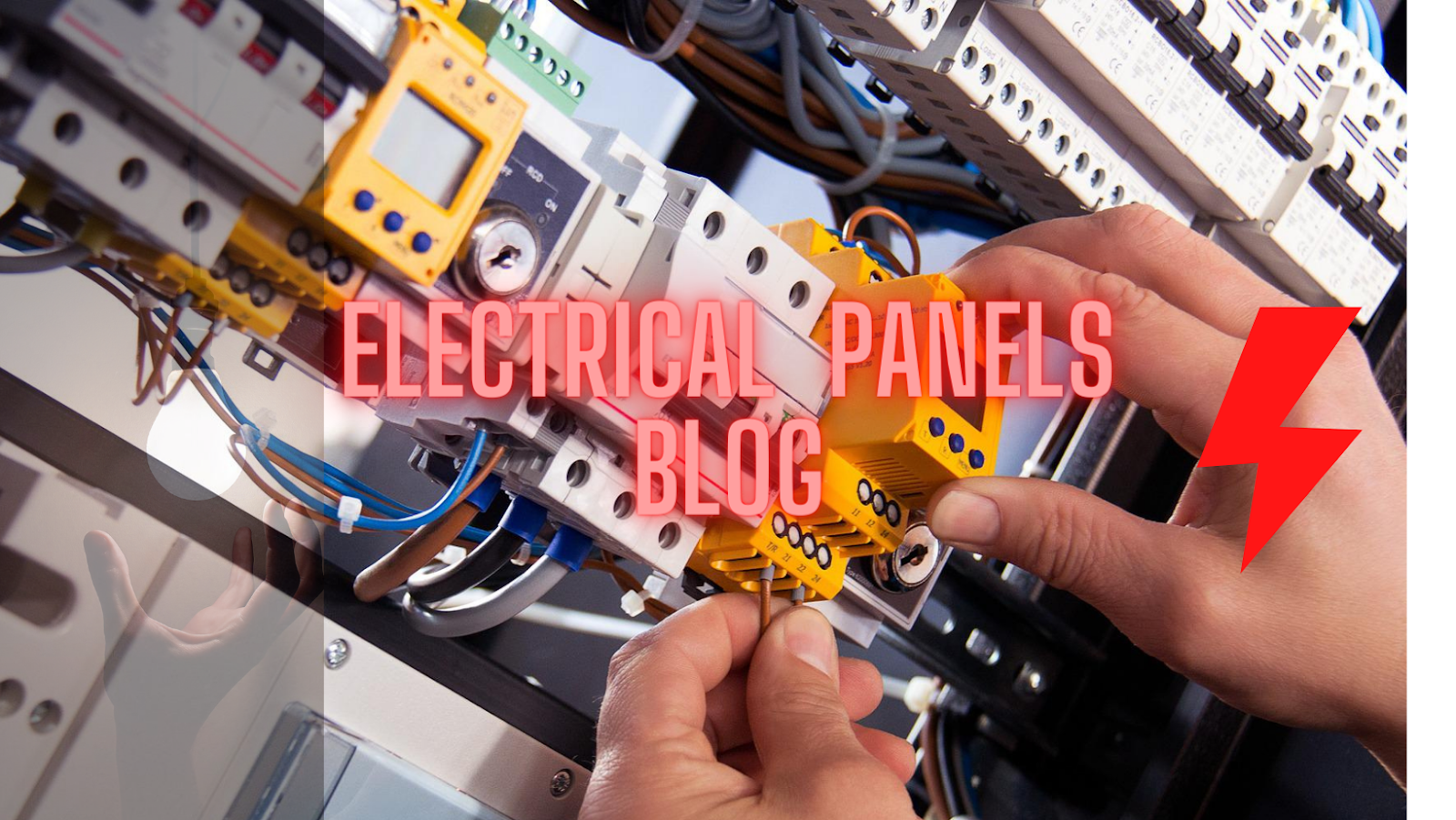Overload relay with reclosing lockout
They should always be used where
continuous contact devices (two-wire
control) are concerned (e.g. pressure and
position switches), to prevent automatic
restarting. The reset button can be fitted as
an external feature in order to make it
accessible to all personnel. Overload
relays for example are always supplied
with manual reset. but can be converted to
automatic reset by the user.
Overload relays without reclosing
lockout
They can be used only with pulsed contact
devices (three-wire control) such as
pushbuttons etc., because on these, the
cooling of the bimetal strips cannot lead to
automatic reconnection.
Special circuitry
Special circuitry such as is found in
star-delta switches, individually
compensated motors, current
transformer-operated overload relays etc.
may require that the relay settings deviates
from the motor rated operational current.
Frequently recurring operating cycles
It makes motor protection difficult. The
relay should be set to higher than rated
motor current in view of its shorter time
constant. Motors which are rated for a high
operating frequency will stand this setting
to a certain degree. Although this will not
ensure complete protection against
overload, it will nevertheless provide
adequate protection against non-starting.
Back-up fuses and instantaneous
releases
They are needed to protect not only the
motor, but also the relay, against the
effects of short-circuits. Their maximum
rating is shown clearly on every relay and
must be adhered to without fail. Higher
ratings – chosen for instance according to
the cable cross-section – would lead to the
destruction of the motor and relay.
The following important questions and
answers give a further guide to the
behaviour of an installation with motor
protection.
To what current must the overload relay
properly be set?
To the rated motor current – no higher, no
lower. A relay set to too low a figure will
prevent the full utilization of the motor; set
too high, it will not guarantee full overload
protection. If a correctly set relay trips too
frequently, then either the load on the
motor should be reduced or the motor
should be exchanged for a larger one.
When is it right for the overload relay to
trip?
Only when the current consumption of the
motor increases due to mechanical
overloading of the motor, undervoltage or
phase failure when the motor is under full
load or thereabout, or when the motor fails
to start due to a stalled rotor.
When does the overload relay fail to trip
in good time although the motor is
endangered?
With changes in the motor which do not
cause an increase in current consumption:
Effects of humidity, reduced cooling due to
a reduction in speed or motor dirt,
temporary additional external heating of
the motor or bearing wear.
What causes destruction of the overload
relay?
Destruction will take place only in the
event of a short-circuit on the load side of
the relay when the back-up fuse is rated
too high. In most cases, this will also
endanger the contactor and motor.
Therefore, always adhere to the maximum
fuse rating specified on every relay.
3-pole overload relays should be so
connected in the case of single-phase and
DC motors so that all three poles of the
overload relay carry the current, whether
in 1-pole or 2-pole circuits.
An important characteristic feature of
overload relays conforming to IEC/EN
60947-4-1 are the tripping classes (CLASS
10 A, 10, 20, 30). They determine different
tripping characteristics for the various
starting conditions of motors (normal
starting to heavy starting duty).
EATON








